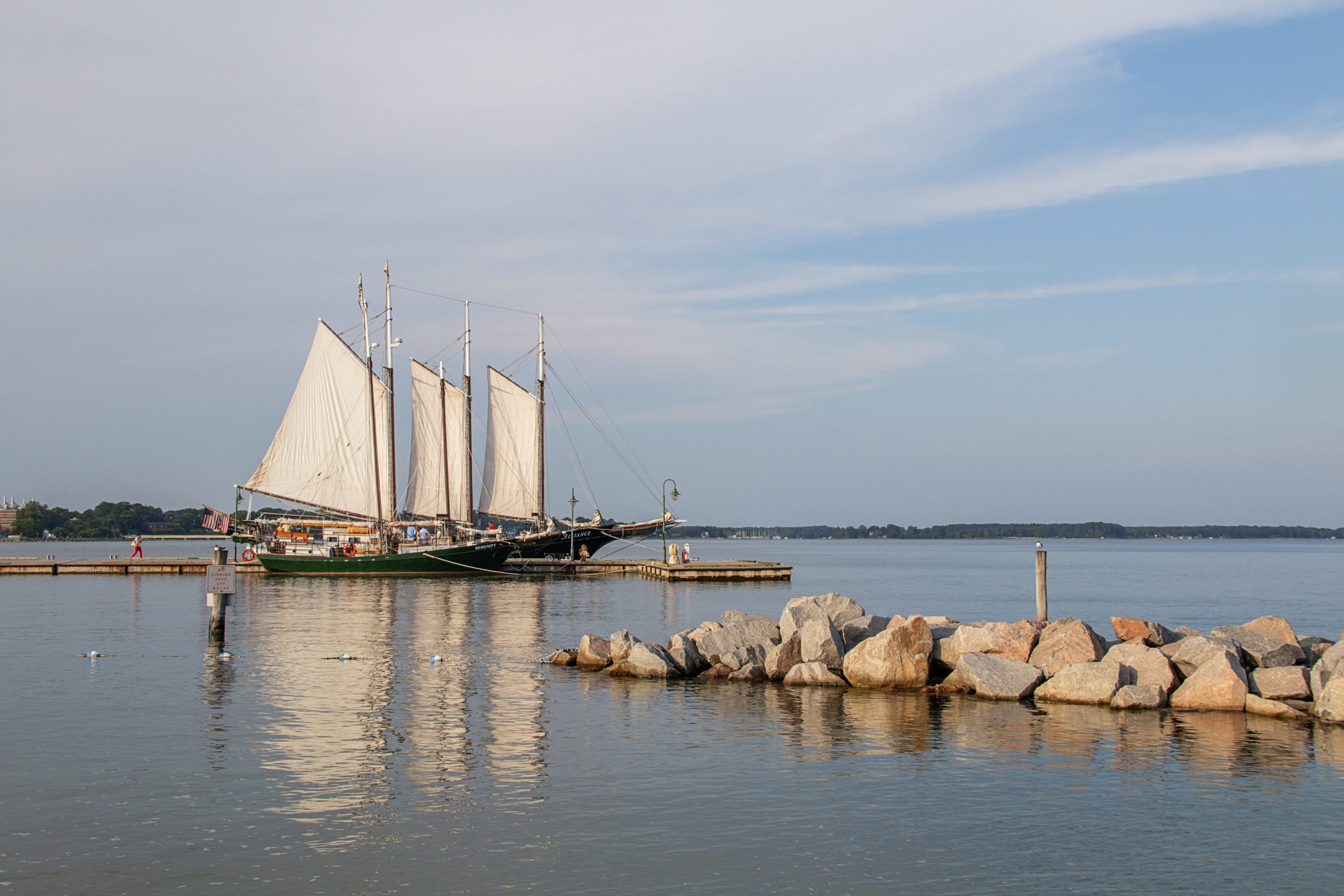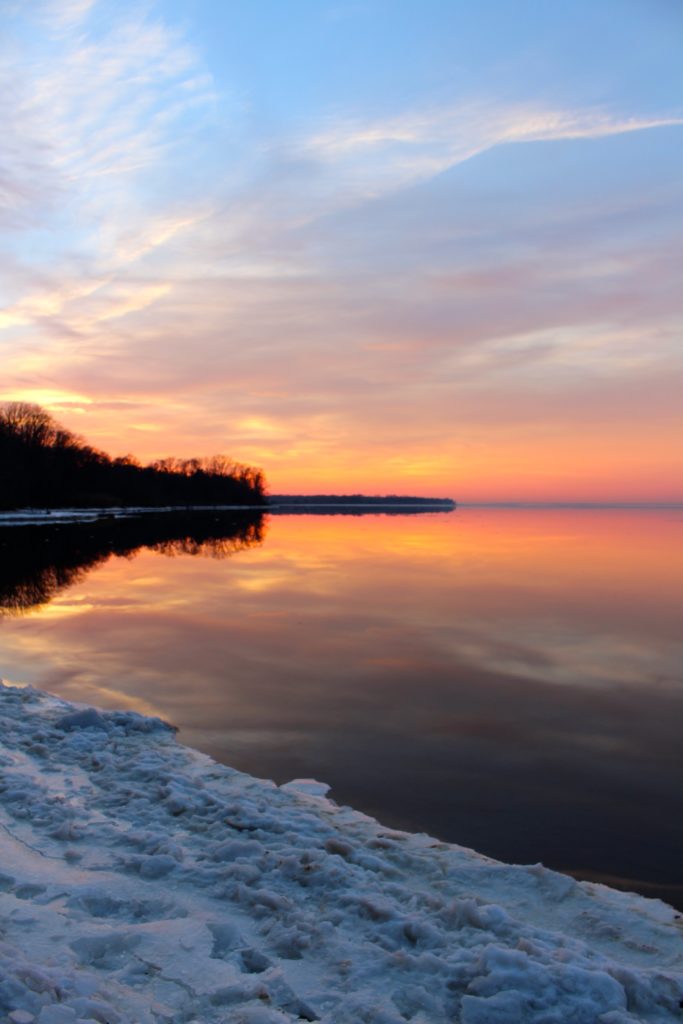
Winter doesn’t settle over the Eastern Shore with a hush, but with a clamor. The rush of wind in the loblollies, the crack of ice rime on the shoreline, the roar of a thousand Canadas and snow geese funneling into the cornfields. Suddenly the people are gone, and in their place, nature’s noises barge right in. The winter is when the Bay feels biggest and most immediate. There’s nothing between you and the full force of a Chesapeake ruled by the weather and the hardiest beasts and birds, and nobody there to distract you. It’s all yours.
Layer up and head out to explore this winter world for yourself on these four Eastern Shore walks. Whether it’s the cliffs of Kent County’s Sassafras NRMA or the coves of Eastern Neck Island, the Osage trails at Wye Island or vernal pools at Adkins Arboretum, these rambles will take you to the heart of a secret, snowy Chesapeake well worth bundling up to see.
Sassafras NRMA
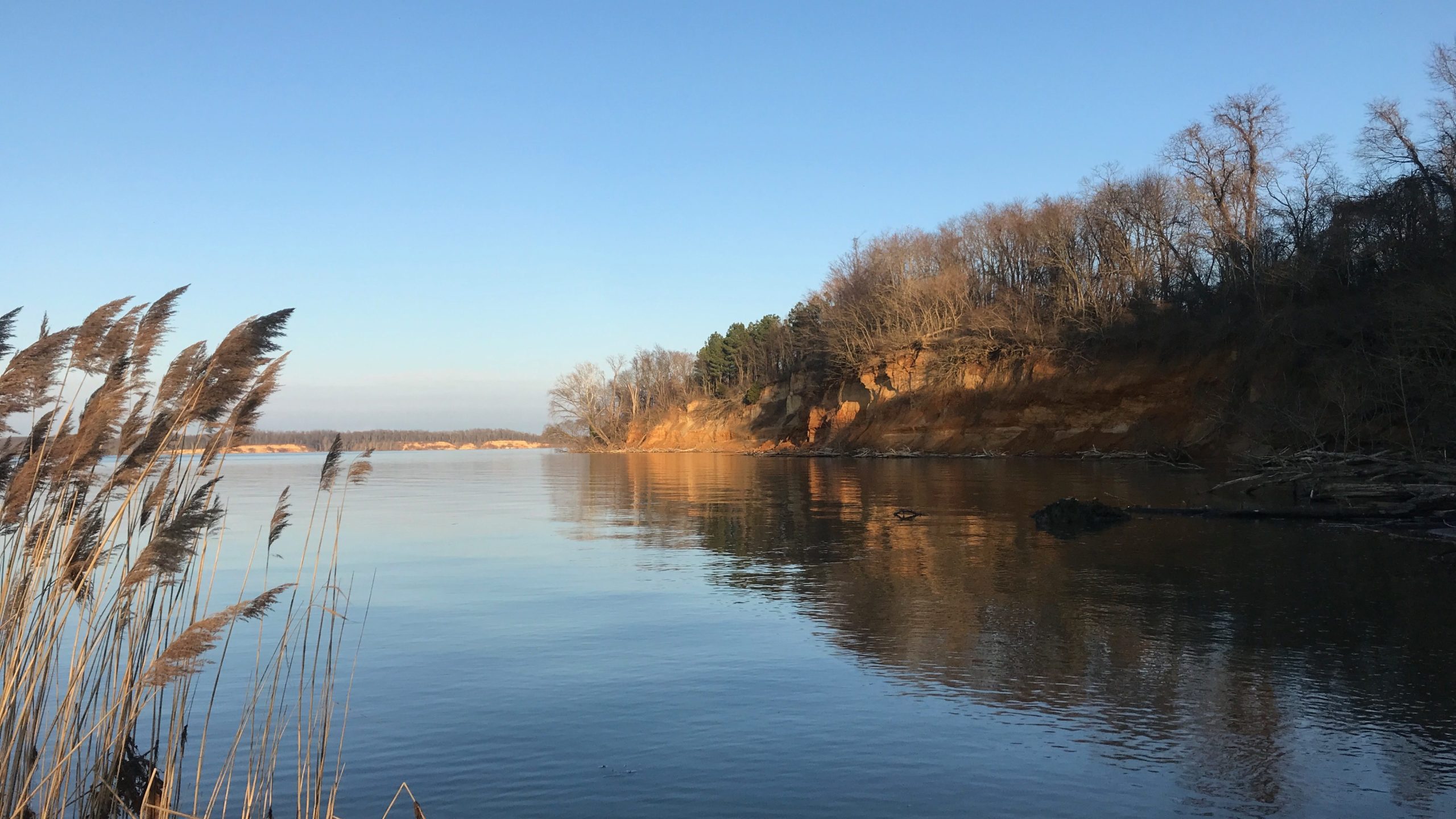
Just east of the tiny hamlet of Kennedyville is the sprawling Sassafras National Resources Management Area (NRMA). Established in part by the efforts of a neighbor, former Congressman Wayne Gilchrest, Sassafras has easily walkable, well-marked trails that traverse the park’s open fields, mature forests and Sassafras River shorelines.
The real reason to head to Sassafras in winter is to scale (or at least, admire) the site’s famous cliffs. Documented first by John Smith on his 1608–1609 explorations of the Chesapeake, the Sassafras River was home to the Tockwogh tribe, who built their towns on the cliff tops, capitalizing on the commanding views.
At least three of the trails take you from the central parking lot to river access points, each with a different view, vibe and landscape.
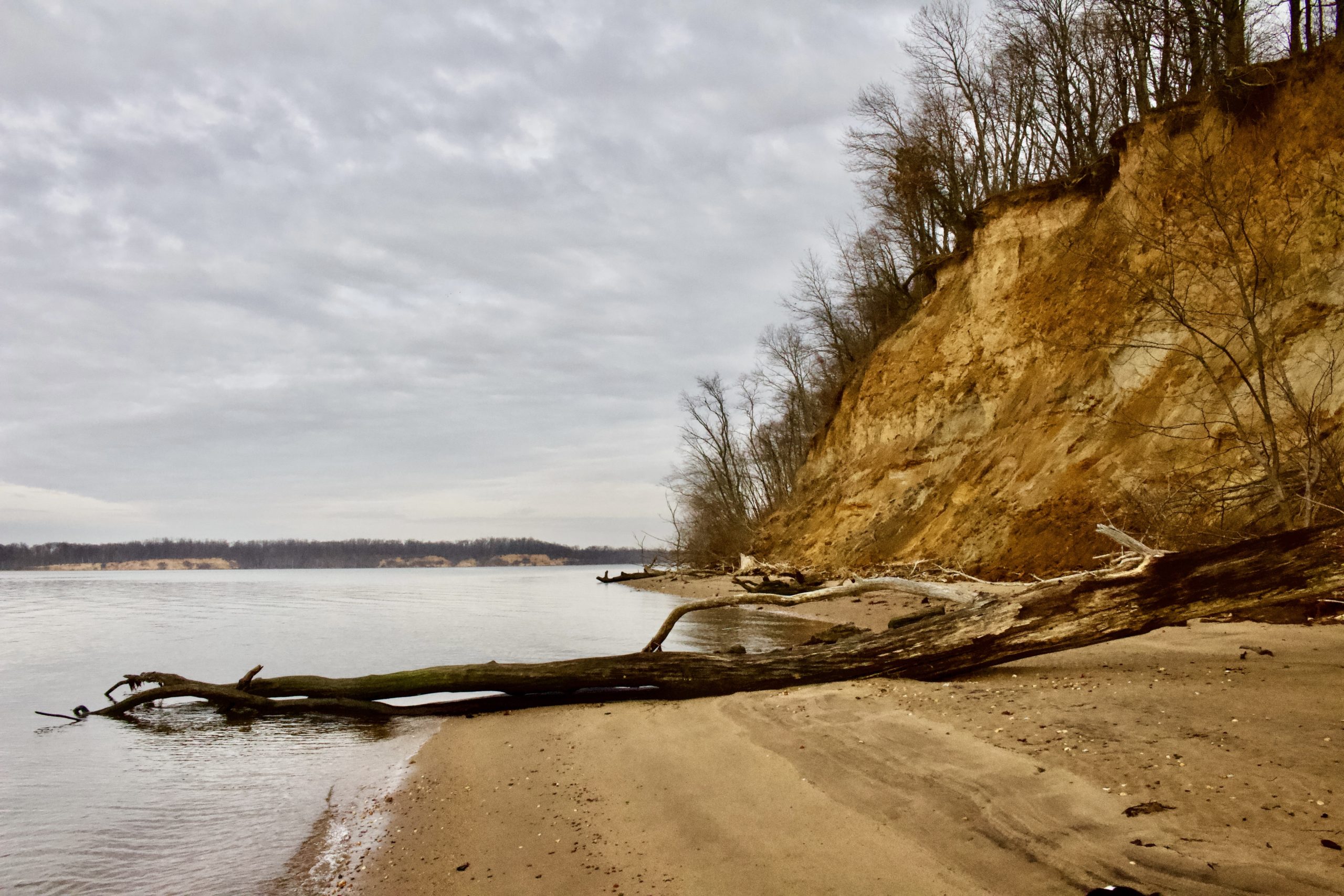
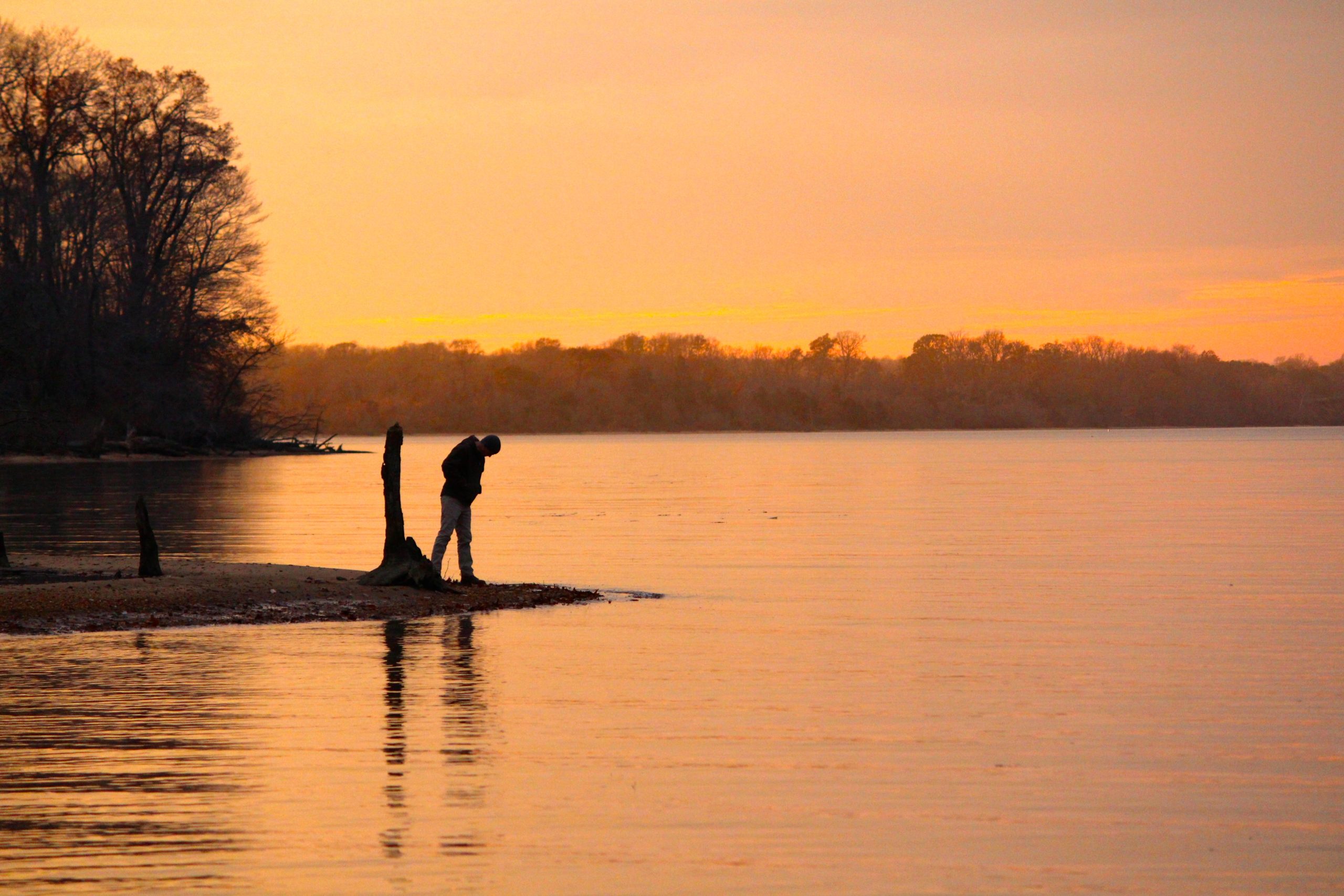
For the most sweeping views of the mouth of the Sassafras and the greater Chesapeake beyond, the Old Lodge Trail is hard to beat. In the 20th century, most of the NRMA was a working farm and commune. The trail follows the remnants of a once-landscaped farm lane—look for the huge English boxwoods—to the overgrown foundation of the old farm cottage. Though the cottage burned in the late 2000s, the incredible views it once enjoyed remain, and are best appreciated in wintertime when the leaves are down.
For maximum eye-searing glory, look for a small trail past the foundations that lead back into the woods towards the water. Just about 30 yards down, another set of boxwoods marks a magnificent overlook on the edge of a 100-foot cliff. Sweeping views of the golden, iron-stained cliff faces and dark blue river are breathtaking, and the Sassafras often shelters huge overwintering rafts of swans, geese and ducks. Mature and juvenile eagles pinwheel on warm drafts above the cliffs, too. Birders will want to bring their binoculars to get an even closer look.
PLAN YOUR VISIT: The park is open daily from 8 a.m. to 4:30 p.m. There are no bathrooms or water sources onsite, so plan accordingly. Leashed dogs are welcome. Learn more at dnr.maryland.gov/publiclands.
Wye Island NRMA

Across the Eastern Shore, the landscape is so timeless it seems like something out of the past. On Queen Anne’s County’s Wye Island, it truly is. Once a tobacco and wheat plantation owned by William Paca and John Beale Bordley, the island has been relatively unchanged for centuries, with the original Osage hedgerows and wheat fields still defining the island’s interior. In the early 1970s, the island was threatened by development as Jim Rouse, the developer of Columbia, Md., eyed Wye for a similar scheme (706 units, including apartments, duplexes, and a general store). Fortunately, the state intervened and purchased the island a few years later. Today, the island’s lovely colonial landscapes and sweeping views of the Wye River provide a quiet refuge in a quickly developing corridor along Route 50.
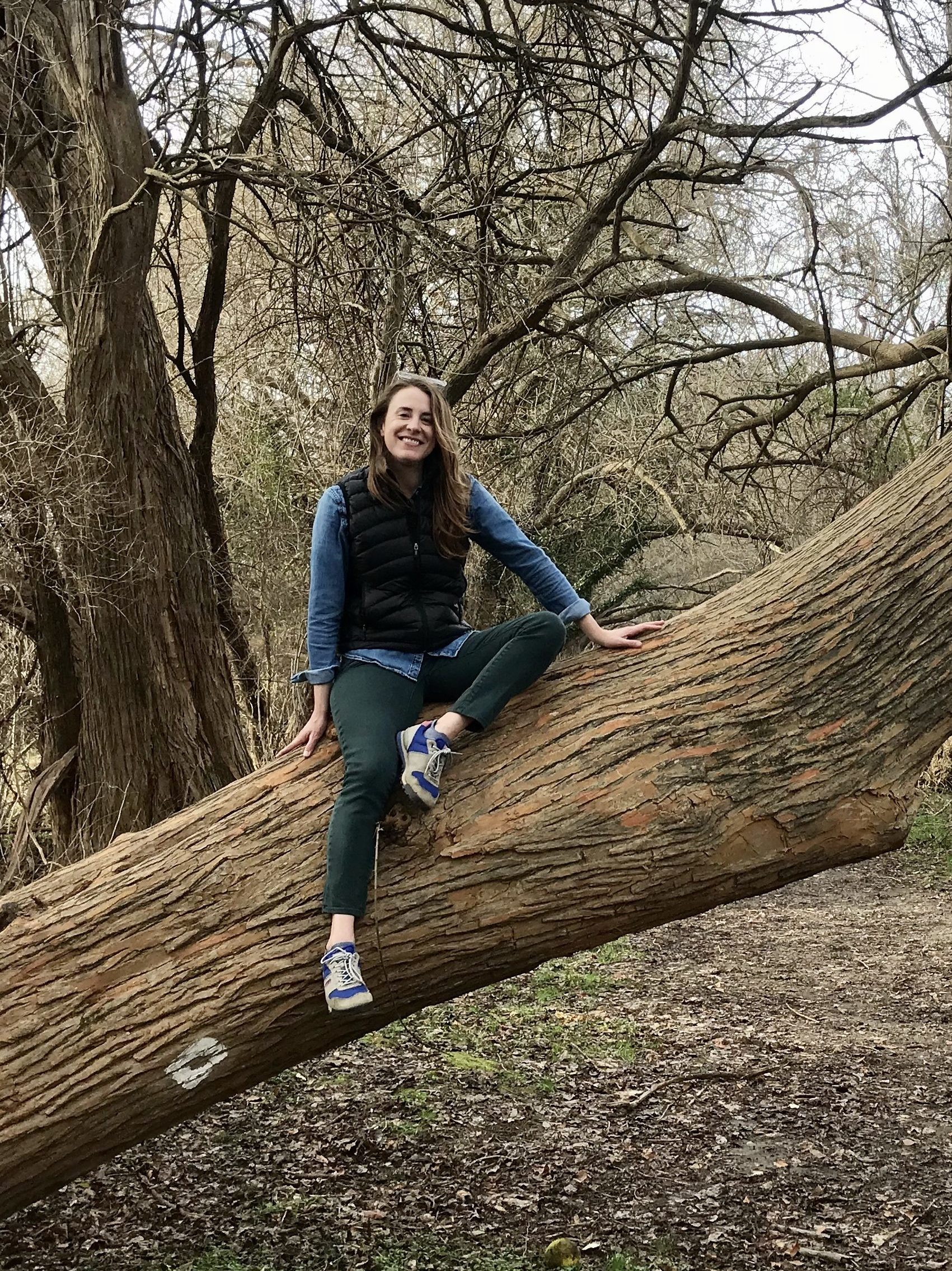
For a ramble through the past, check out Ferry Point Trail. This 1.5-mile, out-and-back route will take you through an ancient Osage hedgerow, now grown into a long tunnel. Osage trees, a non-native species, were favored in the 18th century as a “natural” fencing option due to the extreme durability of the wood and the tree’s long thorns. Yesterday’s colonial fence has since grown into a gnarled, witchy wood that ends where the ferry service once brought carriages and goods across the Wye River. The protected, sandy beach at the trail’s midpoint is great for progging and in early spring, a dogleg off the trail explodes with hundreds of Jack-in-the-Pulpits.
PLAN YOUR VISIT: 632 Wye Island Road, Queenstown, MD 21658. Open daily, year-round, sunrise to sunset. There is a vault toilet at the head of Ferry Point Trail. Leashed dogs are welcome. Learn more at dnr.maryland.gov/publiclands.
Eastern Neck Island
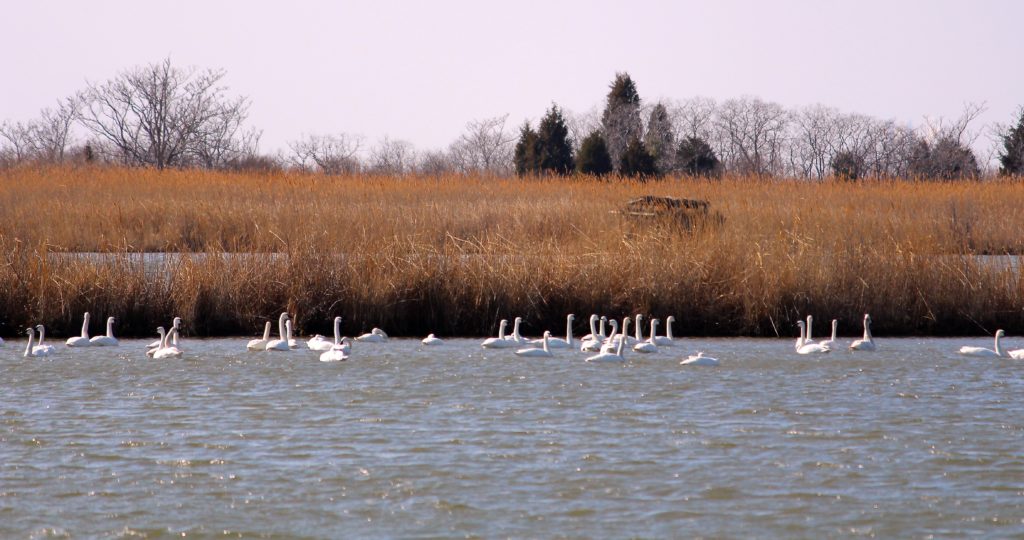
Today Eastern Neck Island is part of the Federal refuge system, but for centuries, the island’s location at the confluence of the Chester River and the Bay meant great abundance—and lots of human activity. In previous centuries, the island was teeming with people—Native American seasonal communities, colonial plantations, 19th century maritime towns, 20th century waterfowling clubs—that came to harvest the crabs, fish, oysters and waterfowl that lived in the protected coves. In the 1950s, the island was slated for major development, but it was ultimately purchased and preserved by the U.S. Government in 1962. Today, most of the signs of human habitation have been removed, save for the daffodils that bloom each spring in long-forgotten gardens. Birds, fish and game rule the island in all seasons, thriving in the island’s many little guts, inlets and woods.
Winter is a spectacular time to visit. Buffeted by the winds and waves of the open Chesapeake on its western shoreline, the protected eastern coast of the island is tranquil and dreamlike. Tall stands of loblolly pine open to marshes of salt meadow hay. Canvasbacks, buffleheads, black ducks, tundra swans and other migratory waterfowl peacefully forage in the island’s evocatively named coves (Fryingpan, Calfpasture, Tubby). Walkers can expect zero altitude—it doesn’t get much flatter than Chesapeake islands—and easy trails that often conclude at the shoreline.
For a beautiful wander, check out the Duck Inn Trail. The mile-long, out-and-back trail winds through pines and stands of gum before opening to a marsh grass alleyway. Enjoy a long pause at a special beach overlooking the Chester River. Instead of sand, the beach is all oyster shells—the remnants of an old oyster midden from the days when native tribes feasted all winter long on the huge oyster reefs that were once offshore. Once upon a time, this site also saw violent skirmishes between oystermen and the State Fishery Force during the Oyster Wars of the 19th century. Today, this stretch of the Chester still supports an oyster industry in the form of aquaculture—observant visitors can spot the black frames of Orchard Point Oyster’s aquaculture oyster cages just north of the beach.
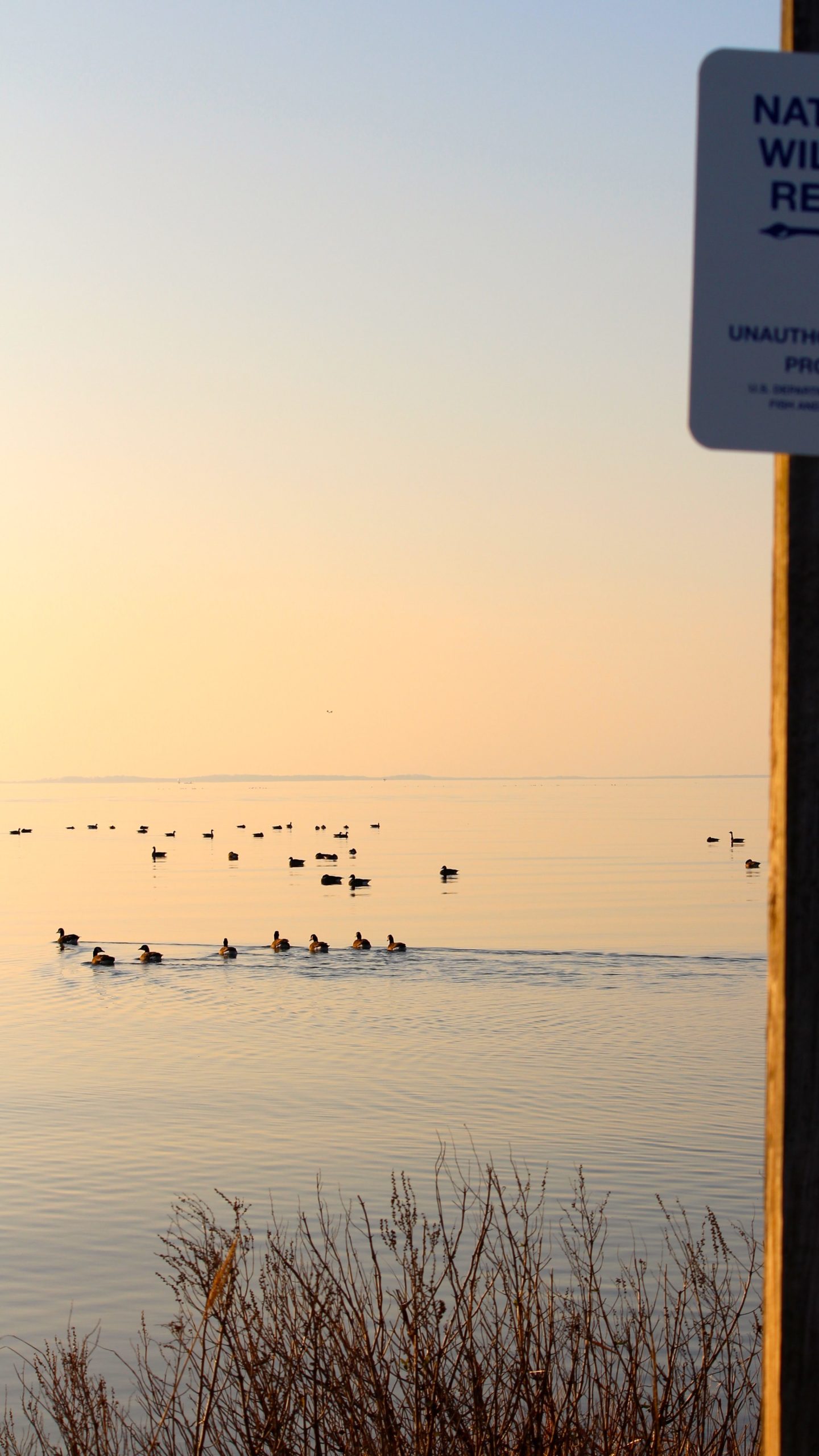
Though the island attracts diverse species of migratory waterfowl, it’s Eastern Neck’s overwintering tundra swans that are the most magnificent. Birders can post up with long lenses or binoculars at the tundra swan boardwalk adjacent to the island’s wooden fishing bridge or the Tubby Cove bird blind. The refuge also offers free monthly guided winter birding walks from December to March.
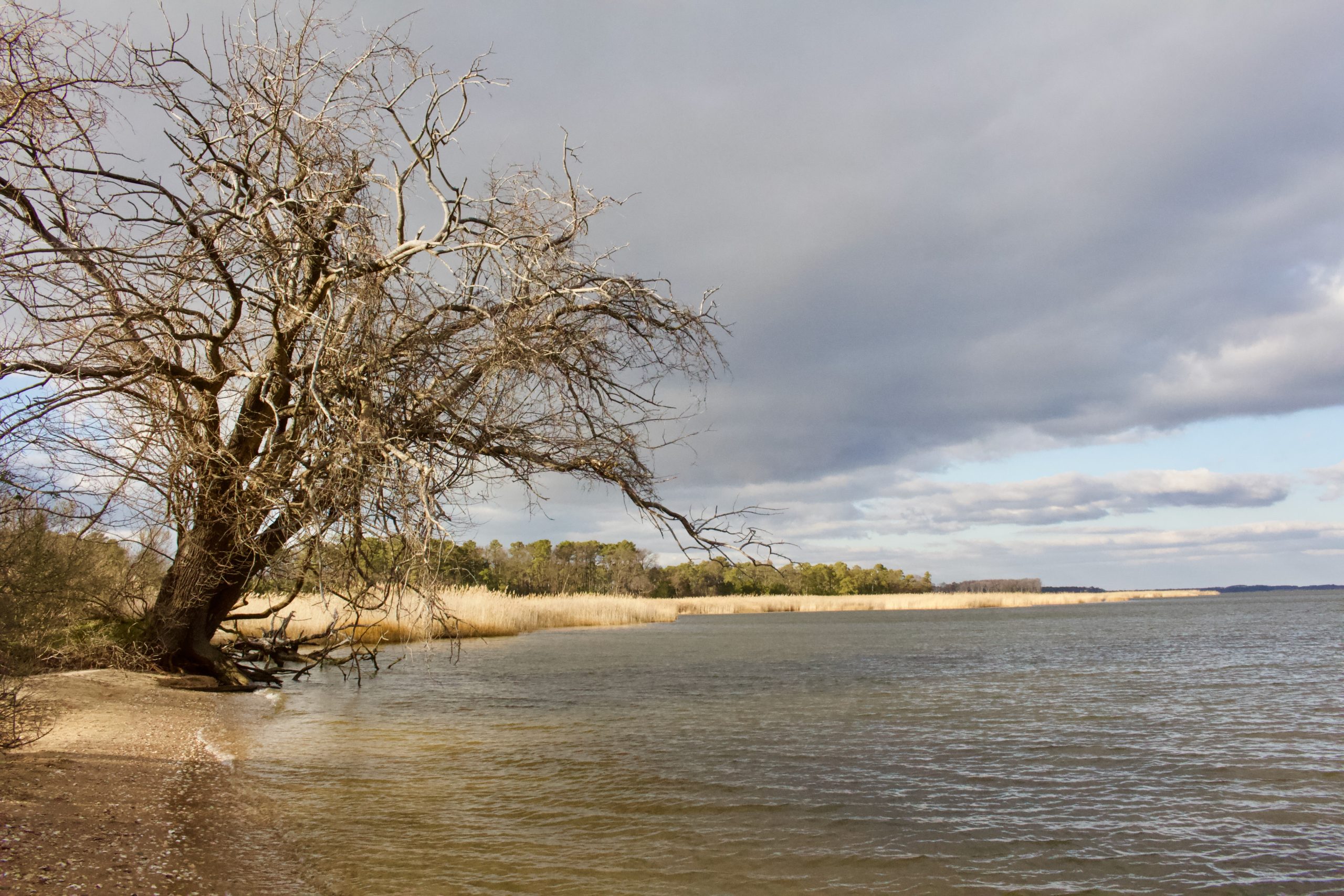
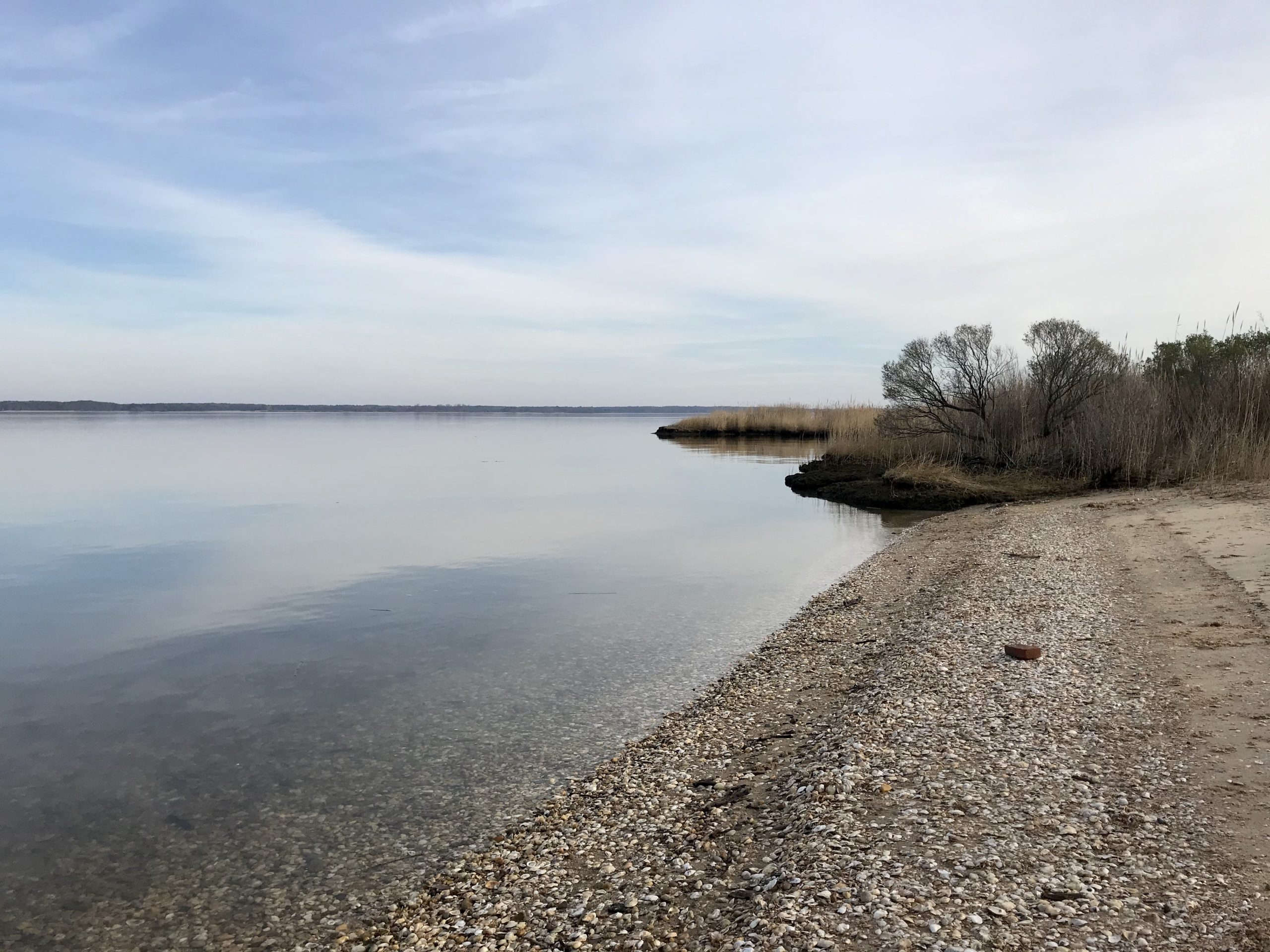
PLAN YOUR VISIT: 1730 Eastern Neck Rd., Rock Hall, MD 21661. Plan your visit and see the events schedule at fws.gov/refuge/eastern-neck. Open daily year-round, sunrise to sunset. There are designated picnic tables and two public restrooms on the island. Leashed pets are welcome.
Adkins Arboretum
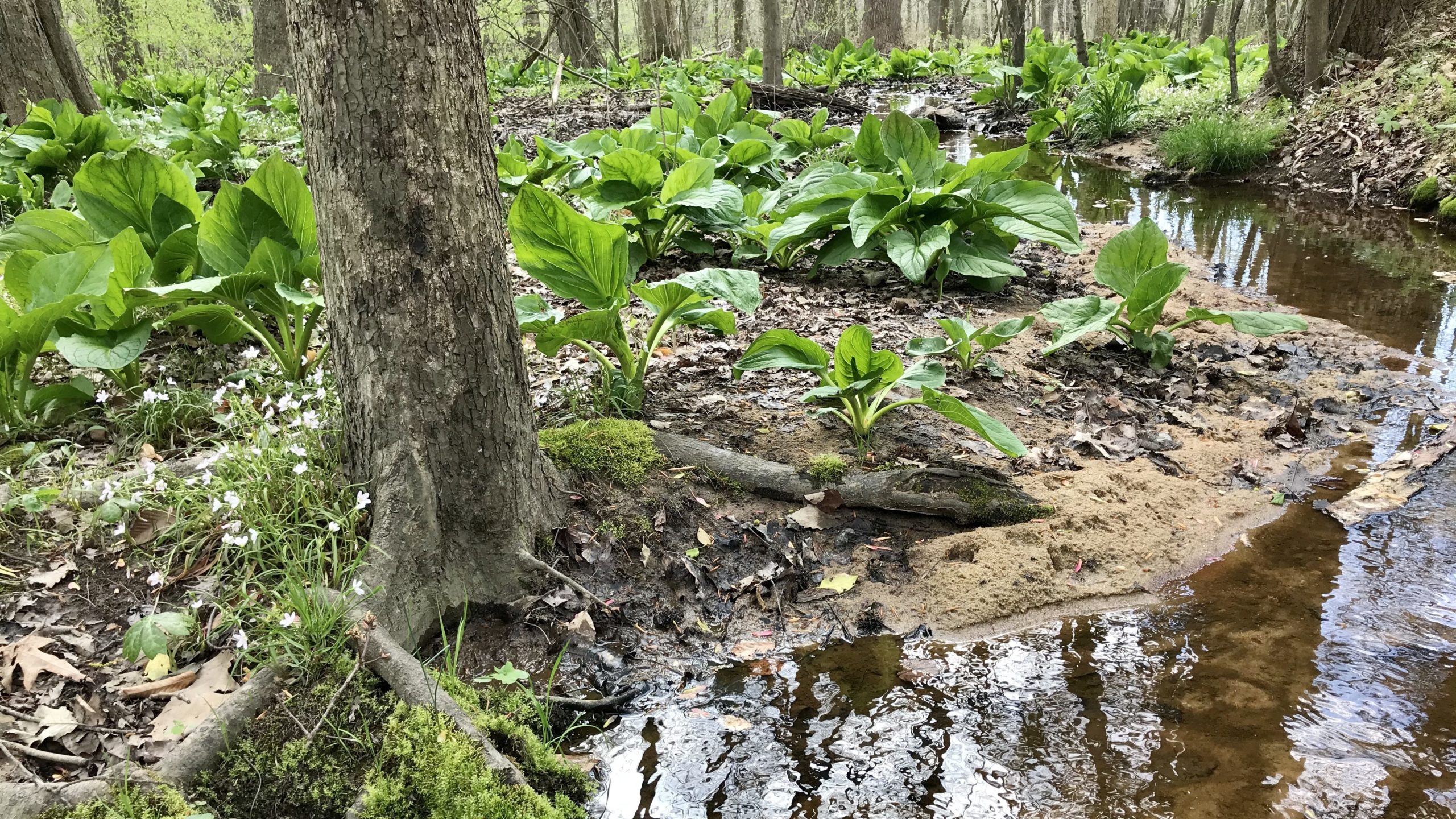
Located near Ridgely, Md., adjacent to Tuckahoe State Park, Adkins Arboretum is a special place to explore in all seasons, but especially wintertime. The Arboretum’s 400 acres of woodlands, meadows, wetlands and gardens are bisected by tributaries of Tuckahoe Creek, and the numerous trails onsite delve deep into the creek’s natural ravines and quiet wooded floodplains. The property is beautifully managed and interpreted, with notable species of plants, shrubs and trees clearly marked and labeled, and art installations in meadows close to the visitor’s center. Several of the trails cross the creek numerous times over charming small wooden bridges.
Adkins is particularly glorious in very late winter when the cold seems to drag on interminably. The tall hardwood forests provide protection from scouring March winds and create some unique early spring environments that are a treasure to explore. For a self-guided late winter walk, strike out on the easy, mile-long Blockston Branch Loop to see early spring beauties and bluebells carpeting the forest floor. Scarlet and green cones of skunk cabbage emerge from the wooded wetlands to the soundtrack of a spring peeper chorus. Keep your eye out for signs of beaver—they are easy to spot while the trees are bare—and don’t miss the bright gold buds of spicebush flowering at eye-level during your ramble.
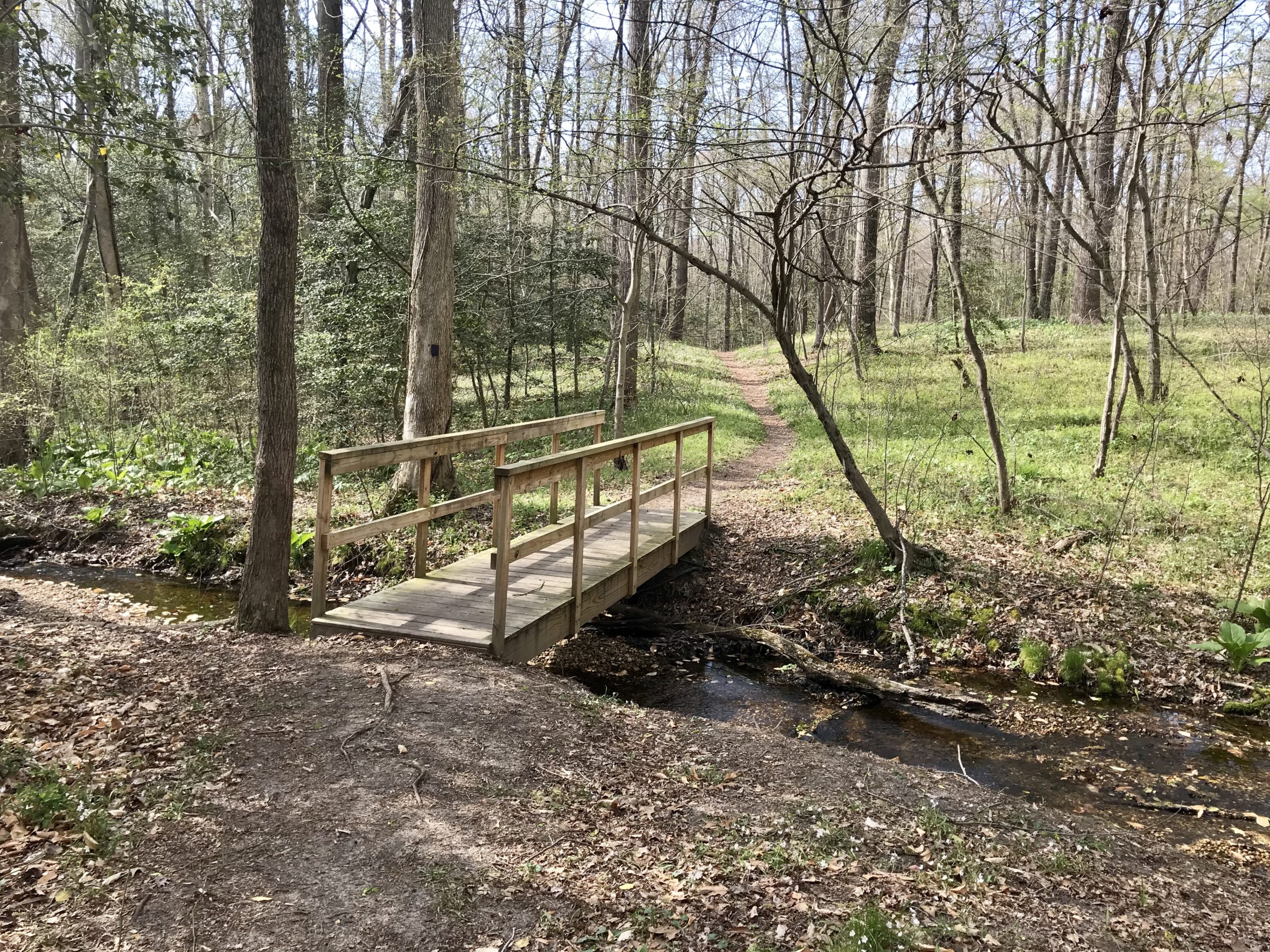
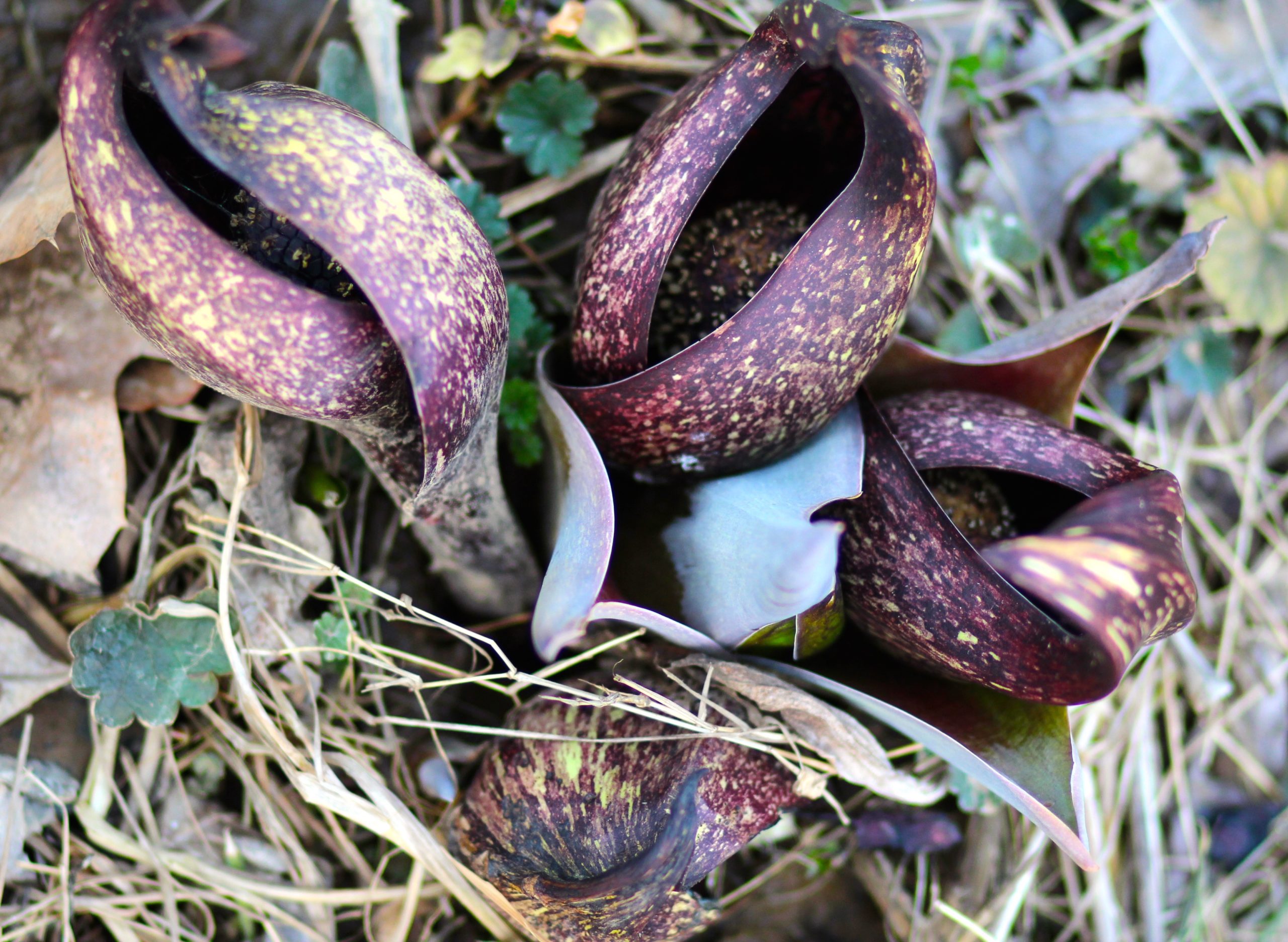
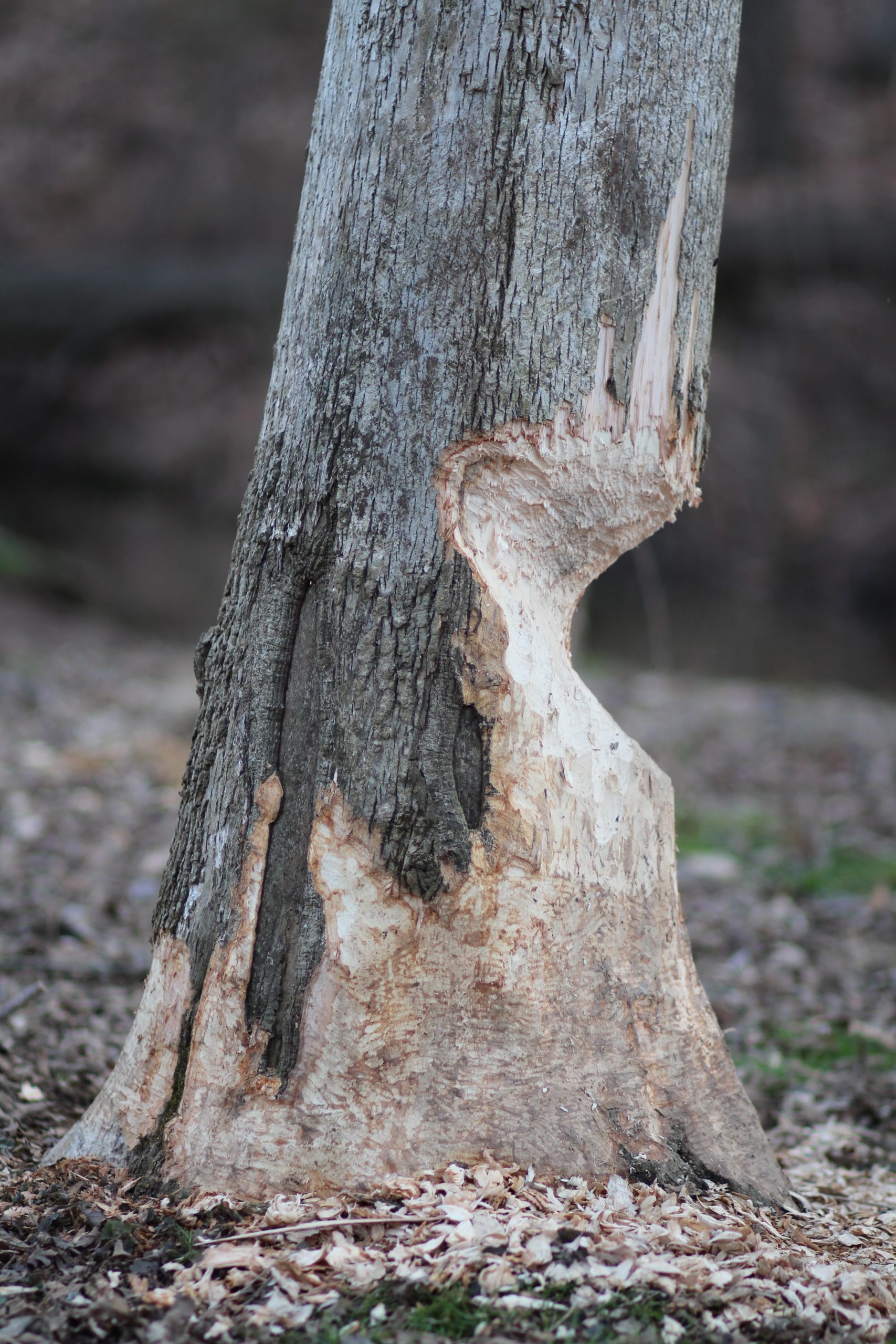
WHEN YOU GO: 12610 Eveland Rd., Ridgely, MD 21660. Check out adkinsarboretum.com for the schedule of events, including guided walks and plant sales. Their online map is also excellent. The admission fee is $5 for adults, $2 for youth ages 6 to 17; kids under 5 are free, as are members. Grounds are open daily from sunrise to sunset; the Visitor’s Center is open Tuesday through Saturday from 10 a.m. to 4 p.m. and Sunday noon to 4 p.m. Leashed dogs are welcome.

